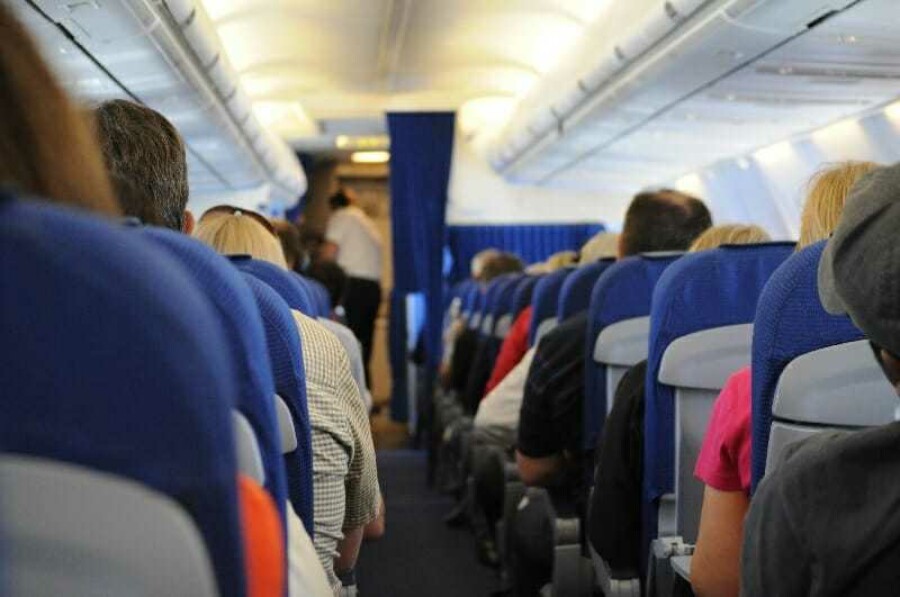Prepare for Takeoff: Can Flying Make Your Varicose Veins Worse?

Long flights many not be ideal for people with varicose veins, but with some precautionary measures, you can easily cope with the symptoms.
Since prolonged sitting tends to worsen the symptoms of varicose veins, it’s only natural to assume that flying may not be an ideal form of travel for patients with varicose veins. Indeed, flying can significantly exacerbate varicose veins, but it’s also true that patients can take some measures to protect their veins throughout their journey. If you’re a frequent flyer or simply preparing for a rare vacation, read on to find out what you should be concerned about and how to ensure your veins stay as healthy as they can.
Long Hauls and Blood Clots
In general, patients with varicose veins should fly shorter distances whenever possible, especially if the conditions is left untreated. The longer the flight, the longer you’ll sit, and extended sitting will only aggravate the symptoms of varicose vein symptoms and increase the likelihood of developing a blood clot.
The greatest risk flying poses to patients with varicose veins is deep vein thrombosis (DVT), or a blood clot that forms in a deep vein. If the clot detaches and travels through the bloodstream, it may become lodged in the pulmonary artery, severely restricting the patient’s breathing and potentially resulting in death. People with untreated varicose veins are particularly susceptible to deep vein thrombosis, making prompt diagnosis and treatment of their condition all the more critical.
Risks and Precautions
While varicose veins presents some significant challenges to flyers, there are ways to reduce your risk and discomfort. While in the air, try to stay adequately hydrated, wiggle your feet and toes every few hours, get up and walk up and down the aisle if possible, massage your calf muscles periodically, and travel wearing compression stockings, particularly if you have multiple risk factors for DVT. All of these measures can improve circulation throughout your flight, greatly reducing the risk of complications.
Medical Procedures
Much of the research surrounding varicose veins, DVT, and flying is inconclusive, but it has been well-established that patients should wait at least four weeks after a varicose vein procedure before traveling by airplane. Shorter flights may only require a week or two of waiting, but you should ask your doctor for an individualized assessment of your condition before making travel arrangements.
If you’re a traveler looking for a lasting treatment for your varicose veins, the best solution is a minimally-invasive procedure designed to eliminate them completely. If you have varicose veins or are at risk of developing them, contact a vein specialist today to discuss your condition and determine what course of treatment works best for you.